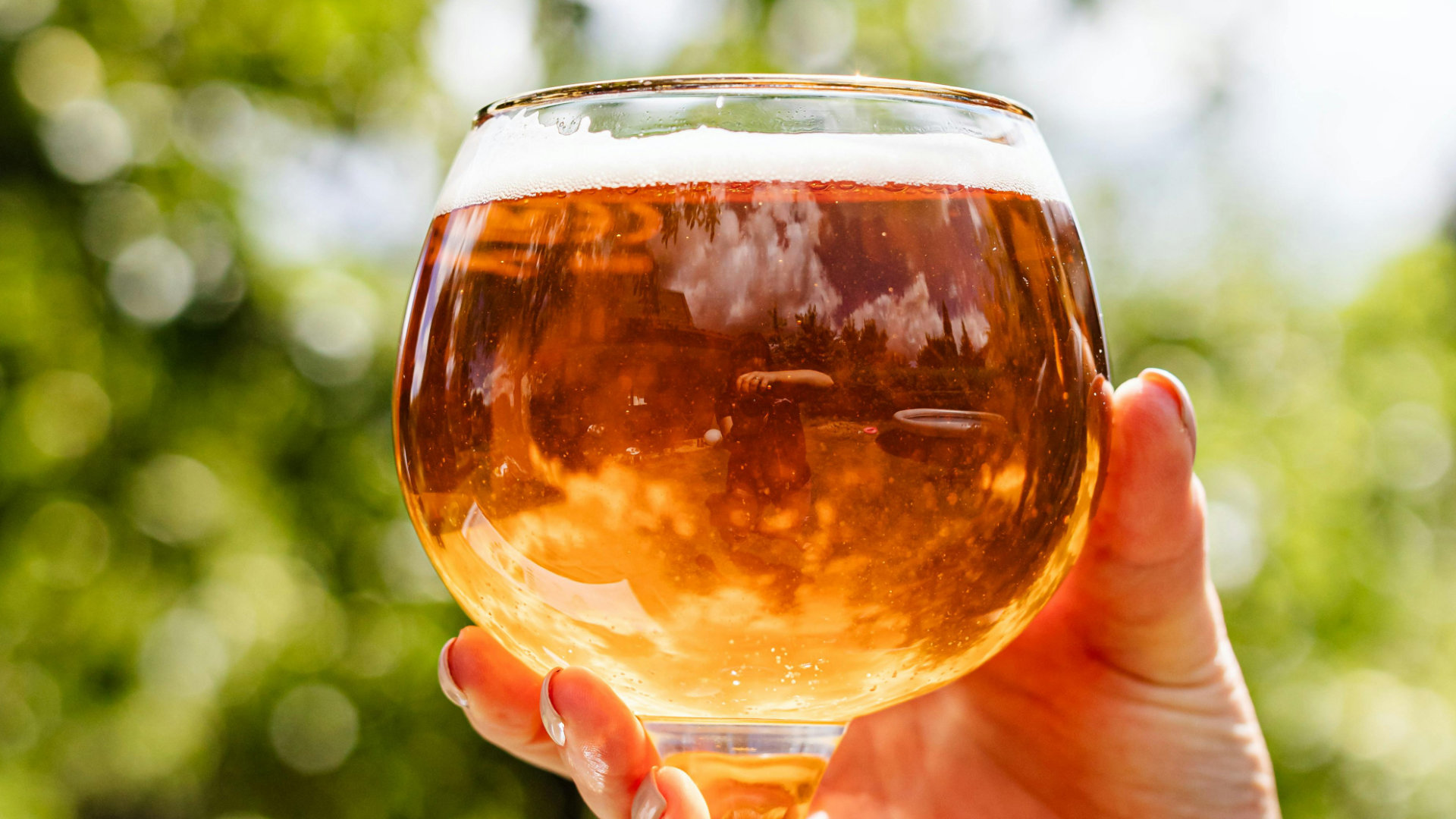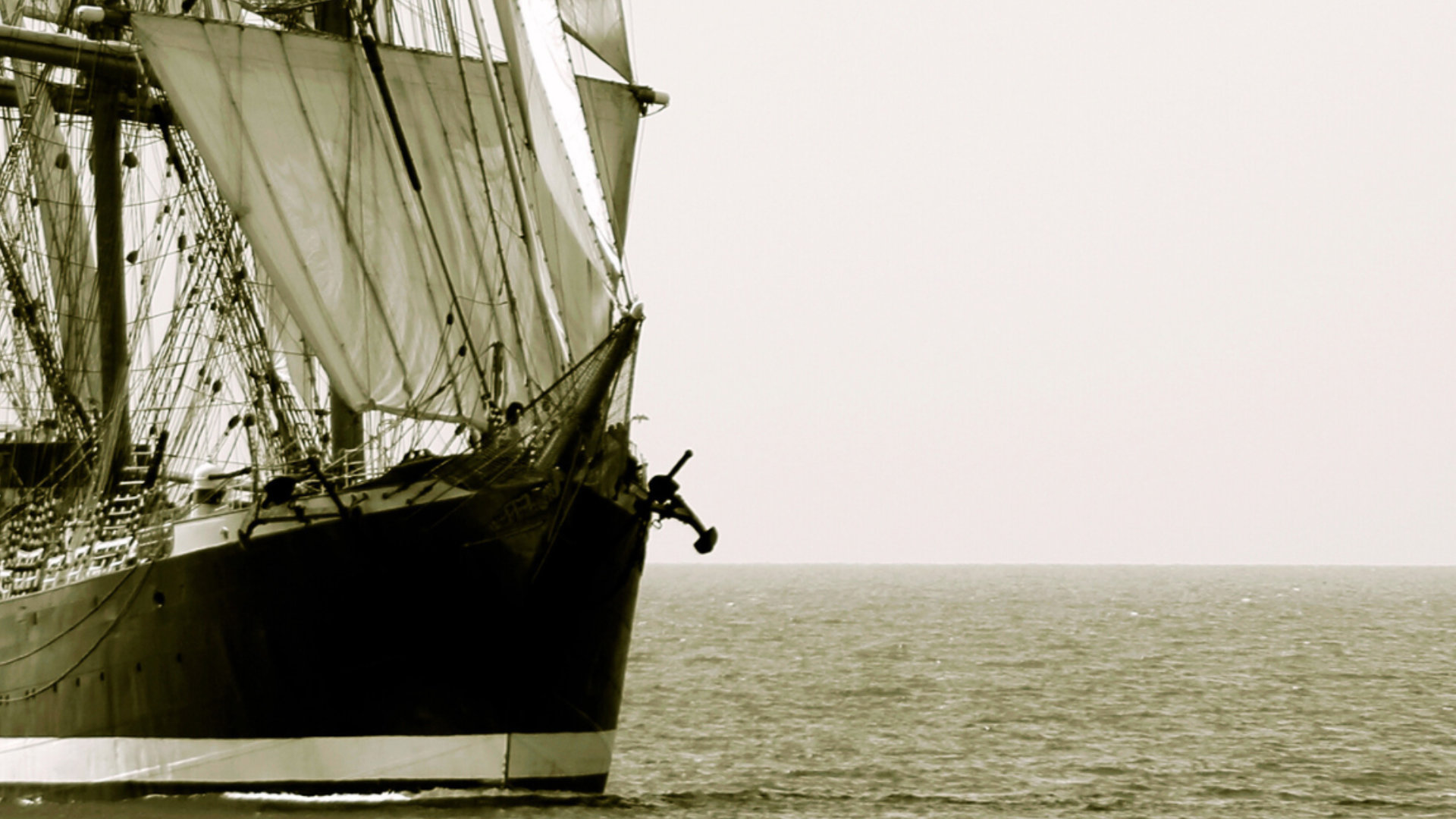Rather than IPA being a groundbreaking invention designed solely for export, its development was part of the broader evolution of British brewing. The practice of shipping beer had already existed long before IPA became associated with India, and many different styles were sent abroad. And while Burton-on-Trent did play a key role in shaping hop-forward British ales, the famous IPA origin story is largely a product of marketing and myth, rather than historical accuracy.
Let’s unravel the myths and explore the real evolution of IPA.
Did British Brewers Invent IPA Solely for Export to India?
Contrary to popular belief, pale ales similar to IPA were already being brewed in Britain before they were shipped overseas. The brewing practices of Burton-on-Trent, a region known for its water rich in sulphates, naturally lent themselves to crisp, well-hopped ales that happened to travel well. The term "India Pale Ale" wasn’t widely used until 1829, long after pale ales had already been shipped to foreign markets. Additionally, porters and stouts were just as popular - if not more so - among British beer drinkers in India, proving that IPA was not the exclusive brew of choice for the colonial market.
Was IPA Brewed Stronger to Survive the Journey?
Many assume that IPA had a higher ABV to endure the long voyage, but historical records show that most early IPAs ranged between 5-7% ABV, much like other British ales of the time. The real reason IPAs lasted on the journey was not extra alcohol, but their generous hop additions. Hops act as a natural preservative, helping beer remain fresh over extended periods. Other export ales, including porters, benefited from similar preservation techniques, further debunking the myth that IPA’s strength alone ensured its survival.
Was IPA Created Specifically for the Indian Climate?
It’s often said that IPA was brewed to be refreshing in India’s hot climate, but this idea is more modern assumption than historical fact. Brits in India drank a variety of beers, including porters and mild ales, which were often favoured over pale ales. The Burton-on-Trent brewing style was simply well-suited for exporting beer, due to both its mineral-heavy water and established distribution networks. There was no grand plan to engineer IPA as the perfect beer for India - it was simply a well-hopped pale ale that happened to hold up well during shipping.
As you can see, IPA did not originate because of a single need or innovation - instead, it evolved naturally from the brewing traditions of its time. Today, this evolution continues as IPAs are transformed through modern interpretations like West Coast IPAs, NEIPAs, and hybrid styles that push boundaries far beyond its historical roots.











